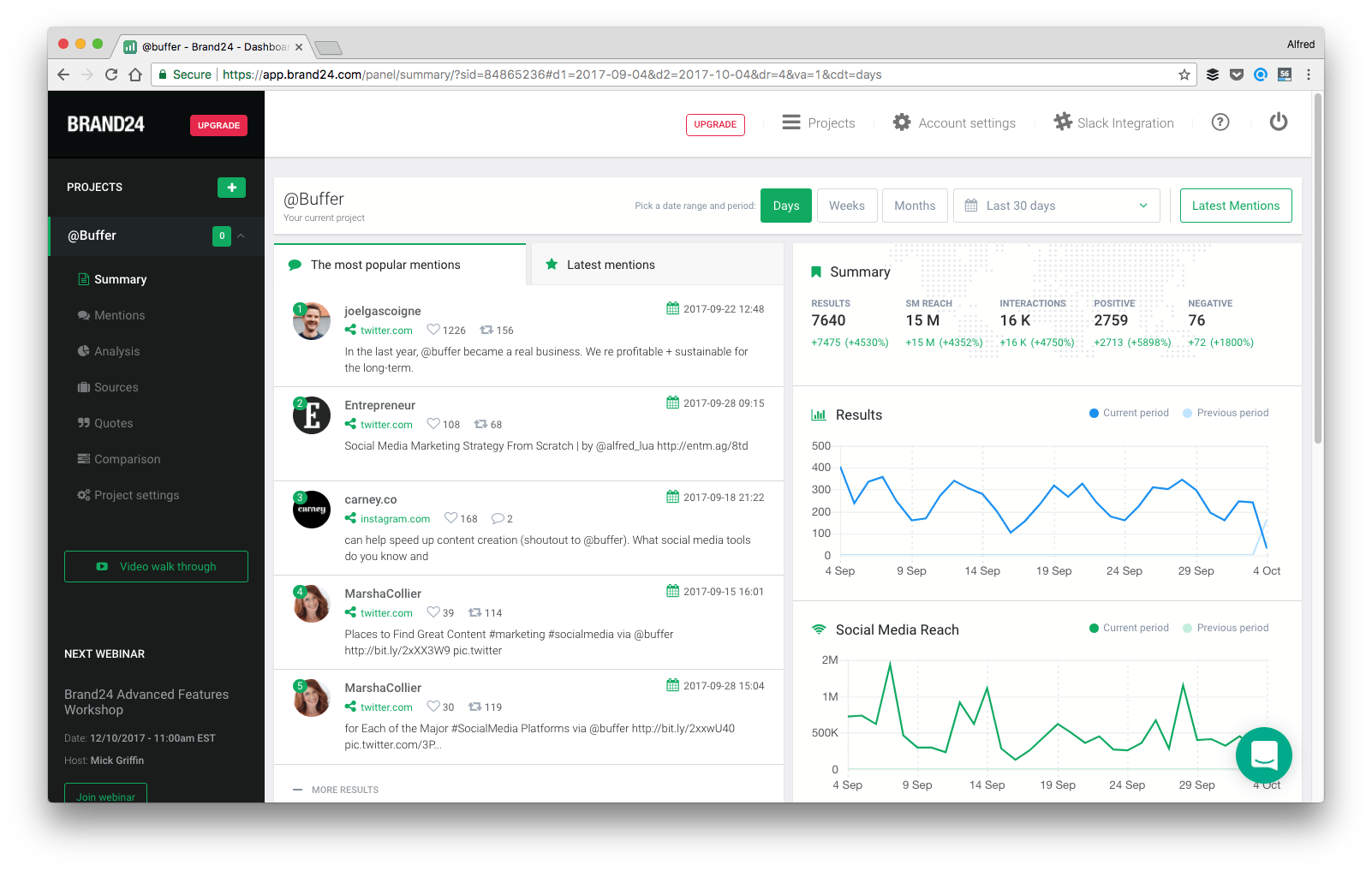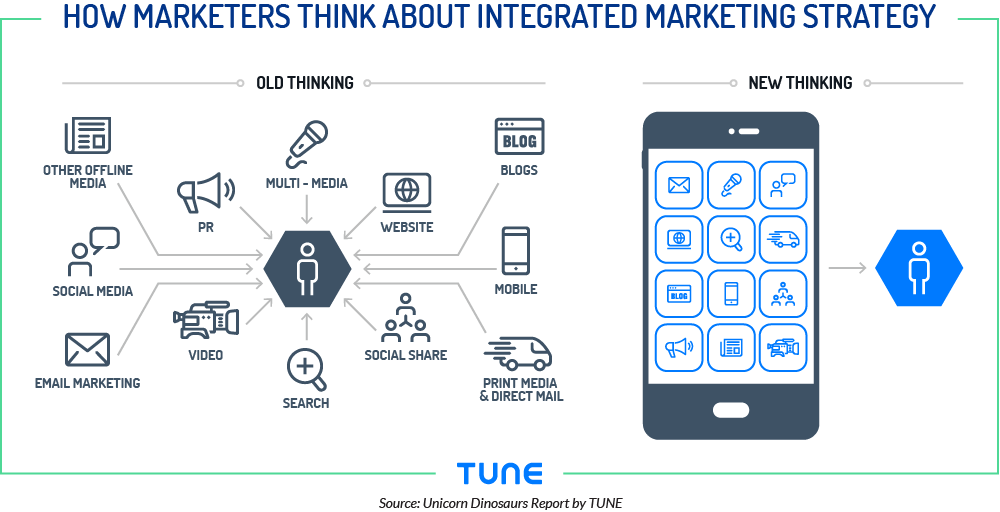
Marketers can increase brand recognition by using content marketing techniques. This will help them to be recognized in the highly competitive online marketing world. Prospects do not want to buy a product. Instead, they want to learn about the brand. They need information about the brand, its attribution and solutions to their problem. Marketers can increase quality traffic to their websites by using content marketing techniques that boost search engine optimization. Engaging customers can be done by using customer feedback. Marketers can build trust by listening to potential customers and identifying their needs.
A 7-step guide for content marketing
There are many factors that must be taken into consideration when planning a content marketing campaign. Your marketing campaigns will be successful if they are well integrated with your customers, market and company contexts. The integration of IT, marketing, and collaboration is also important. These seven tips will help you to achieve success in content marketing. Each of these elements can help you maximize the benefits of your content. How well you use the tips will determine your success.
Research
To find out which content marketing techniques work best for your business, you need to know your target audience and competitors' content. This will enable you to determine the most relevant topics and formats for your audience. You must be original. Therefore, research is necessary to determine the topics on which you will write. To help you with your research, an agency partner can be used. Here are some tips to get you started on your research.

Creation
When creating content for your website, you need to think of two audiences at once. It is important to have content that appeals both to your customers and potential customers if you wish to be found by them. Each group should have access to the content they need, and your brand should also be recognized as an authority in the area. As consumers have more trust in brands they've seen or heard about, content creation helps build trust.
Distribution
To implement a distribution strategy, it is essential to understand your audience's demographics. It is important to make content that people will want to purchase your product. You should first create a buyer persona to map the journey of your target audience from search to conversion. Then, you can determine the types of content that will best reach their interests. Distributing content to multiple channels will increase your reach and efficiency.
Analytics
Analytics are extremely useful tools for content marketing. This allows you to see the performance of different channels and media and determine which ones produce the best ROI. Content marketing allows your company to tell its own story, and establish a connection between customers. Analytics will help you identify which content is performing well, and which need to be improved. Learn more about how Analytics can assist you in your content marketing efforts. Get started now!

FAQ
How can I improve my content marketing strategy?
Your content marketing strategy can be improved by focusing on audience. Content, distribution, and other factors. You must first understand your ideal customer. Also, find out where they are online. Once you know this information, you can tailor your content to appeal to them. You must also develop a distinctive voice and style that sets you apart from your competitors. You must also know how to effectively distribute your content.
Do I need an agency to do Content Marketing?
No! You can create high-quality content with many tools online. A premium price is also a common charge for agencies.
What if I post only links to other sites' content.
Yes! It's called link building. It is a great way of increasing traffic to your website by linking back to other sites' content. However, be sure only to include links to reputable sources.
Content marketing: Where do I begin?
Your audience is the first step. What are their needs? What are their needs? What are their needs? Knowing who you are writing for will help you decide where to put your efforts.
Statistics
- Forty-seven percent of buyers view 3 to 5 pieces of content before engaging with a sales representative. (mailchimp.com)
- We found that 40% of businesses don't have a documented strategy yet. (semrush.com)
- According to our research, brand awareness, attracting traffic, and generating leads remain the key content marketing goals in 2022. (semrush.com)
- Progress indicators (0–100%) allow each team member to see how attainable each goal is and understand what remains to be accomplished. (semrush.com)
- Seventy-two percent business to business (B2B) (mailchimp.com)
- According to our research, 65% of companies with very successful content marketing in 2021 ran content audits at least twice a year. (semrush.com)
- Out of the 1,500 marketers we surveyed for our State of Content Marketing report, 78% who felt their content marketing strategy was exceptionally effective in 2021 had documented their strategy. (semrush.com)
- Companies that use content marketing see approximately 30% higher growth rates than businesses not using it. (mailchimp.com)
External Links
How To
Informationgraphic creation tips for content marketing
Infographics are one of the most effective ways to explain complex concepts simply, making information easy to understand. Content marketing aims to provide useful and valuable information to your target audience, so you should consider using infographics to help spread this message.
For creating an infographic you'll need software such as Adobe Illustrator and Photoshop. These programs are great for creating infographics. Once your design is ready, you can start uploading images from sites like Pixabay and Unsplash to insert into your design.
You can find inspiration for your own ideas by looking at existing infographics online. For example, if you want to show how many calories are in certain foods, you could take a picture of a food pyramid and replace the numbers with pictures of those foods. You might also want to calculate how many calories are in soda pop. This can be done by taking a picture with a bottle of Coke.
Once you've created your infographic, share it on social media channels like Facebook or Twitter. This makes it easy for people unfamiliar with the concept to learn. In order to make others see your infographic, use hashtags when you post it on social media. You can use hashtags to allow others to follow your conversations about specific topics.
Make your infographics shorter than normal if you are creating them. An average blog post is between 2000 and 5000 words, while an infographic takes 500 to 1000 words. You can communicate more information in less space.
Remember that not all viewers can read small font sizes when designing an infographic. Use large fonts, but don't overuse color in your infographics. You must also ensure that your text is easily read.
Here are some more tips
-
Select an Infographic Template. Many templates are available in both printable and online formats. The most popular ones include Canva, Piktochart, and Google Slides.
-
Create your Infographic. To create your infographic, use the template. You can use any media that suits your audience. You might use photos of local restaurants to create an infographic about the best places in Seattle.
-
Add text. Once you've created your infographic, add text using Microsoft Word, PowerPoint, or Canva.
-
Add images. Add images to your infographic. You can add images to your infographic. Make sure the picture is relevant to your topic before you add it.
-
Make It Interactive. You can also add interactive elements such buttons, maps, links, and other features. This will help engage your audience.
-
Share. Share your infographic with others on social media such as Facebook, Twitter and LinkedIn.
-
Measure. Do you know how well your infographic performed? Did people click on your website? Did they sign up to your email list? What was their reaction?
-
Improve. Is there anything you can do to improve your infographic Are you able to do it better the next time?
-
Repeat. Do it again.